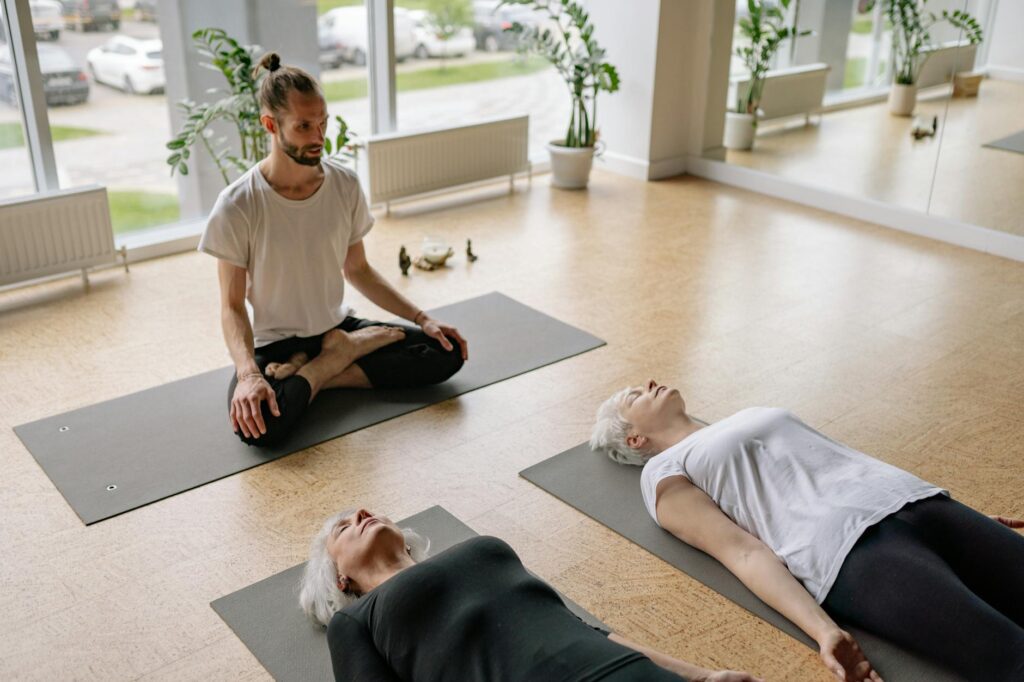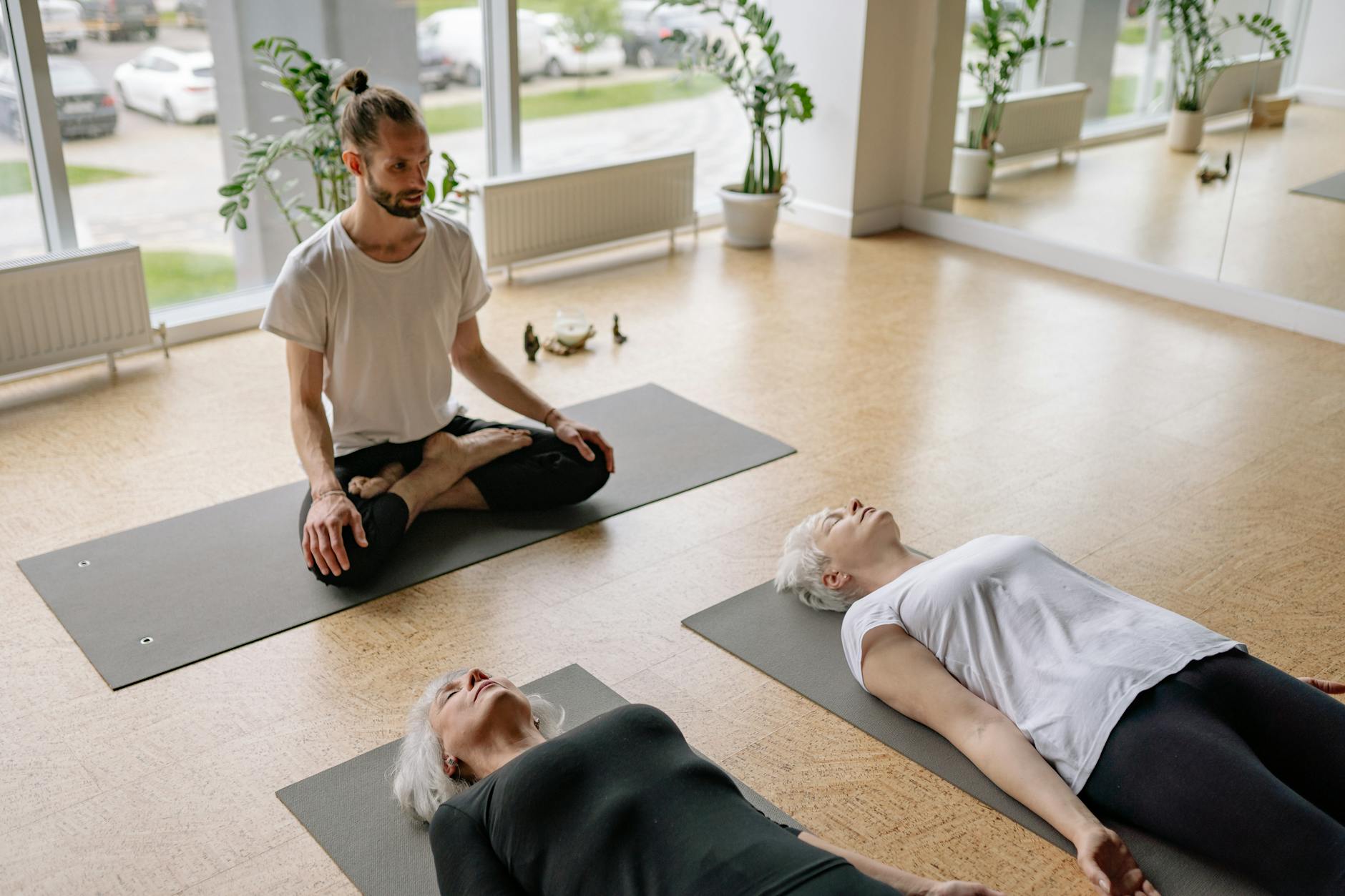What is guided imagery therapy?

What is Guided Imagery Therapy?
Guided imagery therapy is a powerful therapeutic technique that harnesses the imagination to promote healing and well-being. By using mental imagery, individuals can explore and confront their thoughts and feelings in a safe and controlled environment. This method is not just about relaxation; it’s about creating a mental landscape that fosters emotional and physical healing.
Understanding Guided Imagery Therapy
Guided imagery therapy involves a structured process where a trained facilitator guides an individual to visualize specific images, scenarios, or sensations. These guided visualizations can help evoke positive feelings and reduce stress. The purpose is to tap into the mind-body connection, which can influence emotional states and physical health.
The technique works through a series of mental exercises that encourage the participant to envision serene landscapes, positive outcomes, or successful experiences. As you immerse yourself in these images, you may begin to notice changes in your emotional state, stress levels, and even physical sensations.
History and Development of Guided Imagery Therapy
Guided imagery therapy has roots that stretch back thousands of years. Ancient cultures utilized visualization techniques in their healing practices, believing that the mind’s eye could influence physical health. In the modern era, it gained traction in the 20th century as psychologists and therapists recognized its potential.
Pioneers like Dr. Helen F. S. W. H. O’Connor and Dr. Barbara E. C. Dorr began integrating guided imagery into clinical settings, proving its effectiveness for anxiety, pain management, and emotional healing. Over the years, this therapy has been embraced by various fields, including psychology, medicine, and holistic health.
How Guided Imagery Therapy Works
The mechanics of guided imagery therapy hinge on visualization techniques. When you engage in this practice, you typically follow a script provided by a therapist or use audio recordings. The session may start with relaxation exercises to calm the mind and body.
Once relaxed, you’re guided to envision specific scenarios that align with your therapeutic goals. For instance, if you’re aiming to reduce anxiety, you might visualize a peaceful beach, feeling the warmth of the sun and hearing the gentle waves. This immersive experience can help shift your focus away from stressors and cultivate a sense of tranquility.

Photo by Yan Krukau
Benefits of Guided Imagery Therapy
The advantages of guided imagery therapy are extensive, making it an appealing option for many individuals seeking holistic approaches to health.
Mental and Emotional Health Benefits
Guided imagery therapy significantly impacts mental and emotional well-being. It can help reduce stress, anxiety, and depression. By practicing visualization regularly, you can enhance your coping mechanisms, leading to improved emotional resilience.
Furthermore, it encourages self-reflection and awareness. As you visualize, you might uncover underlying emotions or thoughts that need attention. This introspective process can be therapeutic, allowing for personal growth and development.
Physical Health Benefits
The connection between the mind and body is powerful. Guided imagery therapy can aid in physical healing and pain management. By focusing on positive imagery, you may find relief from chronic pain, headaches, and muscle tension.
Studies have shown that patients using guided imagery before and after surgery experience less pain and anxiety. It can also enhance the immune response, contributing to overall health improvements. If you want to enhance your health, combining guided imagery with traditional medical treatments could be beneficial.
Applications of Guided Imagery Therapy
Guided imagery therapy can be applied in various settings, making it a versatile tool for different individuals.
Use in Clinical Settings
In clinical environments, guided imagery therapy is often integrated into treatment plans for patients facing serious medical conditions. Hospitals utilize it for preoperative care, pain management, and emotional support. It can also be effective in rehabilitation settings, helping patients cope with the psychological aspects of recovery.
For those interested in exploring more about its clinical applications, resources like the Whole Health Library provide valuable insights.
Self-Application for Personal Development
You don’t need to be in a clinical setting to benefit from guided imagery therapy. Many individuals find success in applying these techniques in their daily lives. Whether you’re seeking to improve productivity, manage stress, or enhance creativity, guided imagery can be a valuable tool.
Creating a personal practice may involve setting aside time each day to visualize your goals or desired outcomes. This self-directed approach can lead to profound changes in mindset and motivation, driving personal development and fulfillment.
Conclusion: Embracing Guided Imagery Therapy for Holistic Growth
Guided imagery therapy is a unique and effective approach to fostering both mental and physical well-being. By harnessing the power of visualization, you can navigate life’s challenges with greater ease and resilience.
Whether you’re looking to improve your emotional health, manage physical pain, or enhance personal growth, guided imagery can offer substantial benefits. As you explore this therapeutic technique, consider integrating it into your daily routine for a holistic approach to health and well-being.
With the right practice, you can create a balanced life that nurtures your body, mind, and spirit.